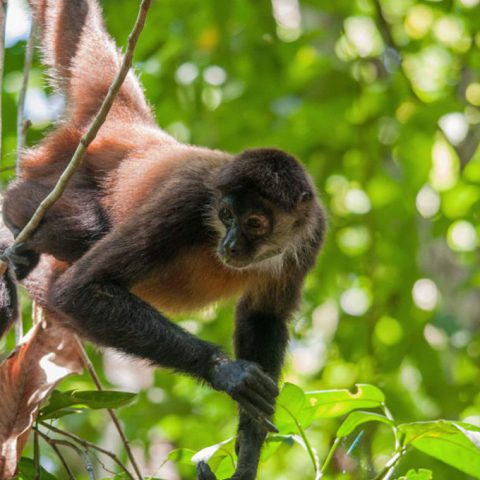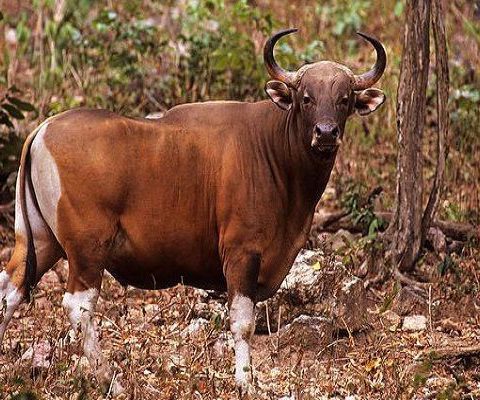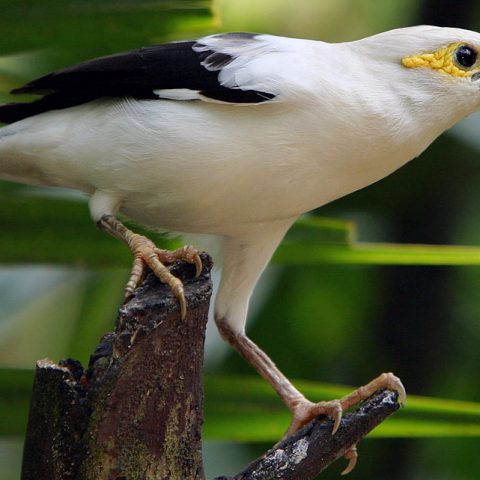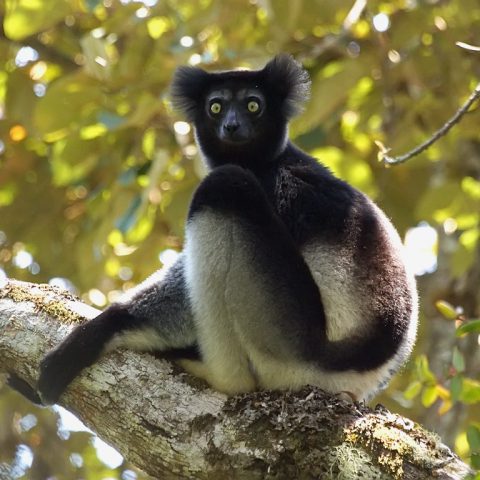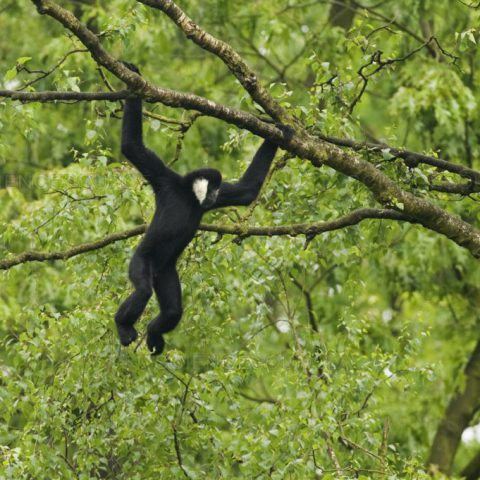Kakapo Parrot
![]() Critically Endangered
Critically Endangered
Population
An estimated 154 individuals remain
Size
58 to 64 centimetres in length
Weight
1.2 to 2.0 kg
Countries
New Zealand
Distribution
As of June 2016, the known adult population of the Kakapo was around 154 animals. The remaining the Kakapo are on three different islands which are kept predator free. These islands are:
- Codfish Island – off of southern New Zealand
- Anchor Island – in Fiordland National Park
- Little Barrier Island – off the coast of Auckland
Description
The Kakapo is a large, rotund parrot, with the males of the species growing larger than the females. The species has very short wings which leads to them not being about to fly. Its wings are purely for balance and support if it falls from leaping between trees.
The species has an upper body which is a yellowish moss-green colour with black and dark brown to grey through its feathers. This helps the species blend into the native vegetation. This colouring is across most of the animal with the breast often being predominantly yellow to a pale green. The feathers are colourful and softer than most birds due to not being stiffened for flight.
Other features of the species include:
- A resemblance to an owl
- Surrounding the beak are delicate whiskers, used to aide in ground navigation
- Dark brown eyes
- Large, scaly feet with pronounced claws which are used for climbing
- Tail feathers are often worn due to being dragged along the ground
- The female is easy to distinguish from the male. The female will have a more narrow and less domed head with a longer, but narrower beak, pinkish grey legs. The female will also behave in a more aggressive manner



Quick Facts
- The species has a highly developed sense of smell which helps the animal with its nocturnal lifestyle, being able to determine different odours, which only one other parrot species is known to do
- The species produces its own powerful odour which is actually quite pleasant and is described as musty. This can be a problem for the species as it will often alert predators to its presence
- Females of the species do not breed until they have reached a weight of 1.5 kilograms
- The Kakapo Parrot is the heaviest species of parrot
- Before the arrival of humans to New Zealnad the species was found on all islands in tussocklands, scrublands, coastal areas and forests. In the Fiordland it was very common around avalanche and slip debris
- During the day the species roosts under cover in trees or on the ground
- The Kakapo cannot fly, but is an excellent climber and climb very tall tress
- Despite not being able to fly, the Kakapo can “parachute”, using its wings to act like a parachute after leaping from a tree
- The young of the species participate in play fighting
- The species is very curious and is known to interact with humans and can have very distinct personalities
- When the Kakapo parrot feels threatened it will freeze and attempt to be camouflaged in the forest vegetation
The Kakapo Parrot has evolved a beak which is adapted to being able to grind food finely, which is why the species has a very small gizzard compared to other birds.
The diet of the species consists of:
- Native plants – a study indicates that the Kakapo eats 25 different plant species
- Seeds
- Fruits – with a particular fondness of the Rimu tree, this can often be the exclusive food when it is abundant.
- Pollen
- Sapwood of trees
The Kakapo has a habit of grabbing a leaf or frond with its foot and stripping the nutritious part of the plant with its beak.
The diet of the Kakapo can change according to the season.
The Kakapo has evolved to survive in an ecological niche which is usually filled by mammals, which are
The specieis habitat consists of:
- Tussocklands
- Scrublands
- Coastal areas
- Forests which are dominated by podocarps
- Fiordlands where avalanche debris are common and regenerate fruiting vegetation. These are known as Kakapo Gardens
The arrival of humans was the first thing to threaten the Kakapo. Both the hunting by humans and habitat reduction and the and the arrival of the Polynesian rat started to impact the species.
Today, the species is threatened by introduced mammals which prey upon the defenceless species. This threat along with habitat loss are the reasons this birds faces a significant battle to not go extinct.
The Kakapo is associated with a very rich tradition in Māori culture. The bird’s irregular breeding cycle was understood to be associated with heavy fruiting led Māori to credit the bird with the ability to tell the future. Used to substantiate this claim were reported observations of these birds dropping the berries into secluded pools of water to preserve them for a food supply in the summer and in legend this became the origin of the Māori practice of immersing food in water for the same purpose.
The meat of kakapo made good eating and was considered by Māori to be a delicacy. It was very easy for the Māori to hunt during mating season due to the loud calls of the species. The eggs were also taken for food by the Māori.
To not let anything go to waste, the Māori would use the skins and feathers to create cloaks and capes, with each requiring roughly 11,000 feathers to create.
Conservation Efforts
Kakapo Parrot Recovery Program
The Kakapo Recovery Program works hard to keep the species alive and makes many attempts to improves its outlook. This is achieved by the following:
- Supplementary feeding of females to aid in the breeding cycle
- Observation of the animal – every known animal has a radio transmitter place on it.
- Keeping the animal’s habitats free from predators including nesting sites
- Raising public awareness



